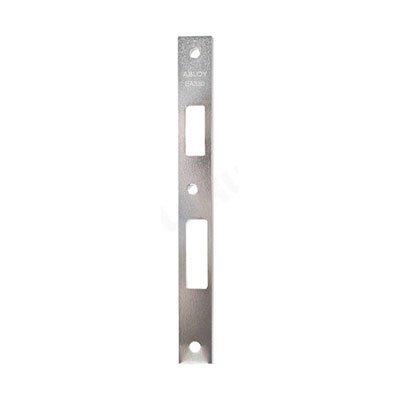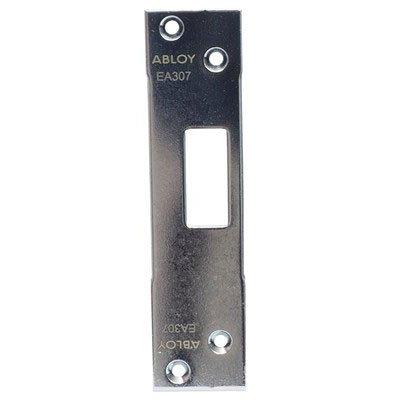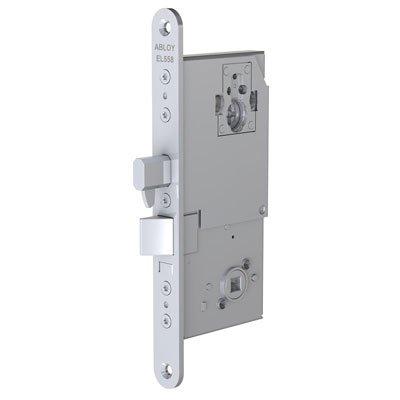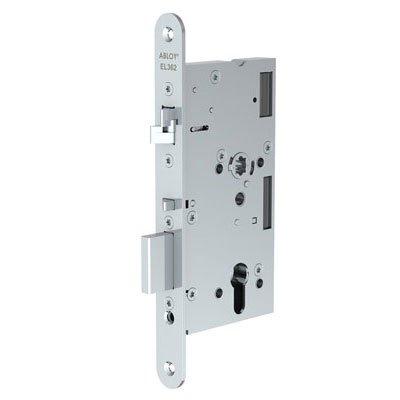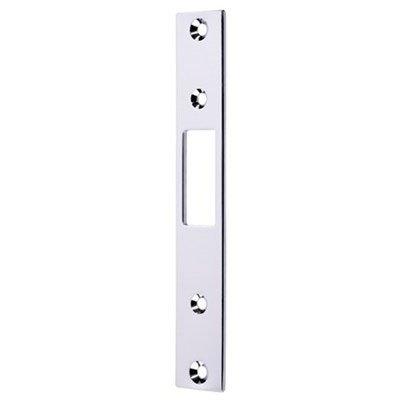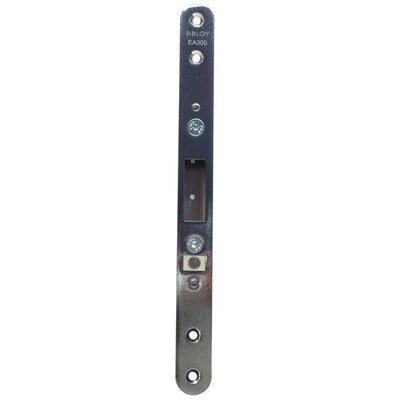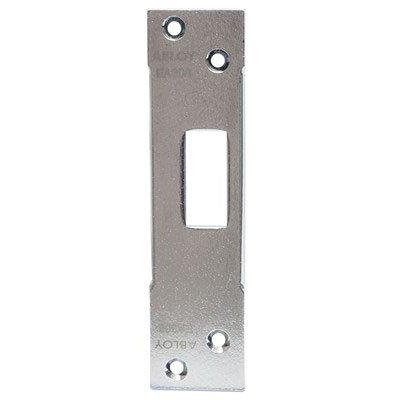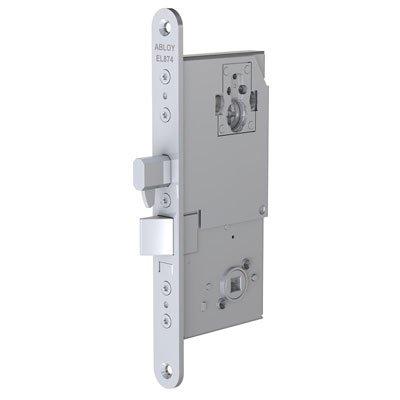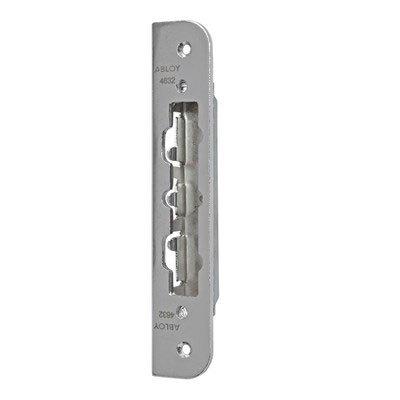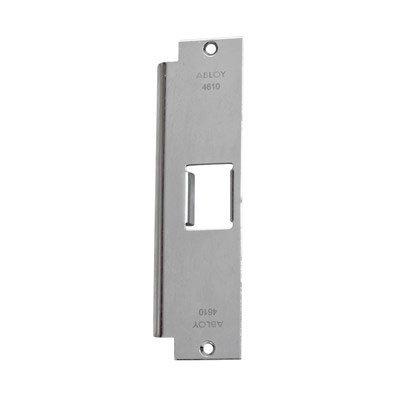Electronic Door Locks & Locking Devices (1,640)
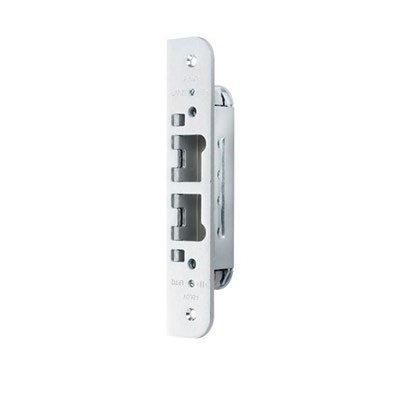
The adjustable striker plate has a linear and practically unmoving adjustment mechanism The adjustment mechanism can be used to optimise sealant in all conditions The striker plate has a 5 mm adjustment area The adjustments are made using a screwdriver on the forend of the plate The striker plate fits two bolts
Add to Compare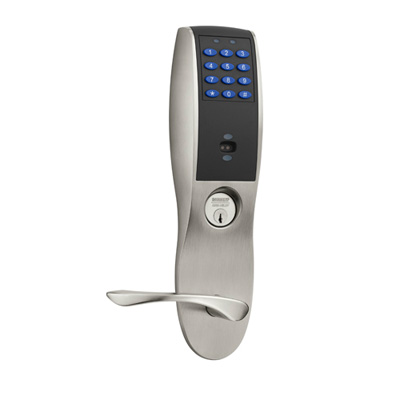
Profile Series v.G1.5 stand-alone locks provide a simple and affordable option for customised access control. Programmed via PDA or handheld data transfer, the locks offer a broad selection of technologies and programming features, supported by the physical security of a SARGENT ANSI/BHMA Grade 1 mechanical lock.
Add to Compare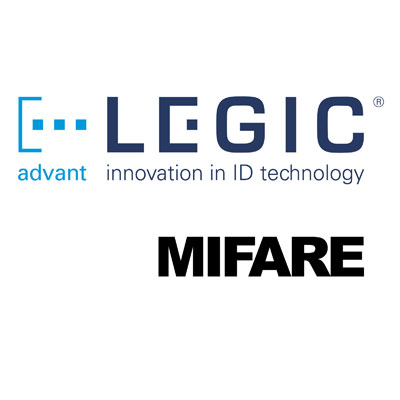
LEGIC Identsystems Ltd, a leading provider of contactless smart card technology for people ID solutions is developing LEGIC MMT to improve security and convenience also for Mifare-based environments.LEGIC will provide security components to enable its customers to offer solutions which comply with the requirements of the technical guideline TR-03126-5 of the German Federal Office for Information Security (BSI). A first system of one of LEGIC's customers has recently been declared to be compliant with the BSI guideline. The BSI guideline TR-03126-5, issued in 2010, describes a set of requirements for secure operation of RFID solutions. With this guideline, manufacturers and operators of physical access systems get recommendations how to achieve a new level of security within their installations.LEGIC's Master-Token System Control is a proven concept in worldwide use. Consequently, LEGIC's upcoming MMT is also based on Master Tokens, designed for Mifare and complemented by comprehensive system management tools and certified security elements. The MMT components will further extend the capabilities of the LEGIC advant family and simplify the use of advanced security also for Mifare-based systems.Dr. Reinhard Kalla, Vice President Product Marketing & New Business of LEGIC, comments: "The extension of our Master-Token concept to the Mifare world allows our customers a new scope of applications. We are happy to be able to provide our know-how and components which enable a new level of security and simplicity also in Mifare based identification systems."
Add to Compare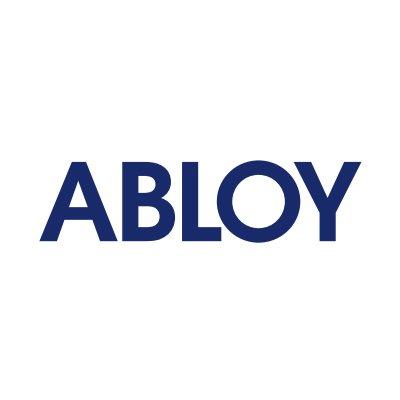
Can be electrically controlled by access control system or by a remote control system such as timer, keypad or push button Can be used in fire rated doors Recommended to be used in high-security sites, including nuclear, power plants, public utilities, IT and telecommunications industries, museums and financial institution The lock is secured from multiple points
Add to Compare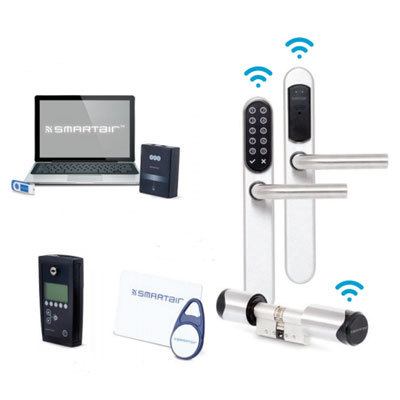
Medium user traffic, few doors to control Update access rights via programming device at the door Scheduled access rights possible Facility managers can add and delete users or lost/stolen cards instantly, and collect audit trails from any lock or user Required Hardware and Software: PC, software, card encoder, Programming device, user credentials, SMARTair® locking devices Compatible with: PIN entries, RFID technologies, virtual keys
Add to Compare
Both outside and inside handle is electrically controlled Mechanical opening by cylinder is always possible When door closes, deadbolt is thrown out automatically, latchbolt is blocked and the lock case is secured in two points Used especially in situations where the advantages of handle-controlled unlocking have to be combined with the mechanical security requirements Can be electrically controlled by access control system or by a remote control system such as timer, keypad or push button The integrated monitoring contacts from the lock can be connected to the different systems
Add to Compare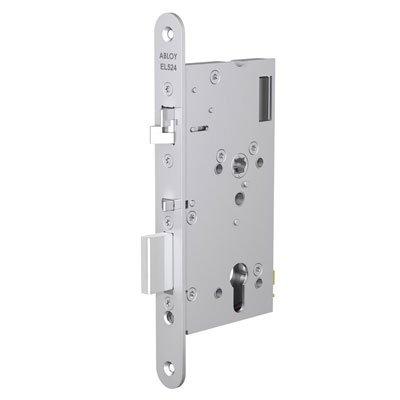
Best suited in high traffic doors Can be electrically controlled by access control system or by a remote control system such as timer, keypad or push button Can be used both in exit and fire rated doors Recommended to be used in high traffic doors of public buildings, business premises, hospitals, educational premises, shopping centres and sports stadiums
Add to Compare
Can be electrically controlled by access control system or by a remote control system such as timer, keypad or push button Can be used both in exit and fire rated doors Recommended to be used in high traffic doors of public buildings, business premises, hospitals, educational premises, shopping centres and sports stadiums The lock is secured from multiple points
Add to Compare
Can be electrically controlled by access control system or by a remote control system such as timer, keypad or push button Can be used both in exit and fire rated doors Recommended to be used in high traffic doors of public buildings, business premises, hospitals, educational premises, shopping centres and sports stadiums
Add to Compare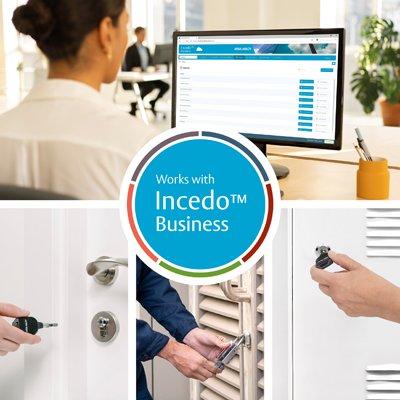
Business often face limitations when they try to bring all access points inside and outside their building into an access control system. Gates, remote sites, cabinets and other points are a specification challenge. Now the new DIN-range of PULSE self-powered electronic cylinders and keys allows businesses to overcome this hurdle, without any need for drilling during installation. PULSE key-operated access control is self-powered using energy harvesting technology: Devices run without any external energy source at the door, neither wires nor batteries. The PULSE cylinder range includes door locks, cam-locks, furniture locks and padlocks which can operate outdoors in the harshest climates. Almost any cylinder can be switched for a PULSE device and connected without wires or drilling. To unlock, a user simply inserts and turns their programmable PULSE key. The power generated is harvested to energize the lock’s encrypted electronic security. Once authorized by the Incedo™ Business management system, the lock opens. Managing PULSE devices is straightforward. From the Incedo interface, a facility manager programs each PULSE key with the exact unlocking permissions the keyholder needs. If a key goes missing, a few clicks cancels it and restores site security. Convenient, scalable and easy to manage Users find PULSE easy, because on the surface, a PULSE lock appears to work just like any other — with a major benefit: Their single PULSE key unlocks every opening where they are authorized. One key pre-programmed carries all their cleared permissions, no matter how many doors they need to open. For maximum convenience, a PULSE key is equipped with two authentication technologies. It may be used, like a traditional key, to turn in the PULSE lock and generate power. The same key also doubles as an RFID credential, able to unlock doors equipped with a wireless or wired RFID reader. For users and building managers, this is much more convenient than carrying or issuing two separate credentials. Businesses have the option to start small — with a handful of PULSE cylinders, padlocks and cabinet locks, for example — and grow an Incedo Business system as their needs change. The initial investment in hardware or software is always protected, because Incedo is built to expand on demand, rather than to replace. PULSE locks with energy harvesting technology provide this gateway to a flexible, scalable system controlled from one Incedo Business interface. They can meet the needs of a moving organization — without compromises, now or in the future. Control PULSE locks — and more — from a single, flexible system Security managers and company directors can be confident their investment in PULSE is future-proofed. Choosing PULSE devices does not lock anyone into a single electronic access technology: PULSE is just one hardware option within the Incedo access control ecosystem. For example, at one site, PULSE devices can lock server rooms, cabinets and outdoor storage facilities, while Aperio wireless locks secure offices and meeting rooms and Signo wired readers secure the main entrance. “By connecting Pulse to the Incedo Business platform, we offer our customers a unique choice,” says Henrik Degn, Business Development Manager, PULSE at ASSA ABLOY Opening Solutions EMEIA. “Based on their needs they can manage energy-harvesting electronic locks, wireless locks and wired readers within one access control solution. Everything is controlled together from a single Incedo interface, with the option to scale up or down, adding cloud management or software services.”
Add to Compare
Can be electrically controlled by access control system or by a remote control system such as timer, keypad or push button Can be used in fire rated doors Recommended to be used in high-security sites, including nuclear, power plants, public utilities, IT and telecommunications industries, museums and financial institution
Add to Compare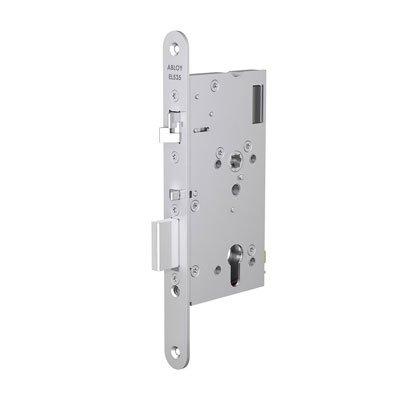
Can be electrically controlled by access control system or by a remote control system such as timer, keypad or push button Can be used in fire rated doors Recommended to be used in high-security sites, including nuclear, power plants, public utilities, IT and telecommunications industries, museums and financial institutions Best suited in high traffic doors Controlled on both sides and in power-cut situation the inside handle is possible to use Suitable to use with door automatics
Add to Compare
EXIT version of the EL422 Best suited in high traffic doors Can be electrically controlled by access control system or by a remote control system such as timer, keypad or push button Can be used both in exit and fire rated doors Recommended to be used in high traffic doors of public buildings, business premises, hospitals, educational premises, shopping centres and sports stadiums
Add to Compare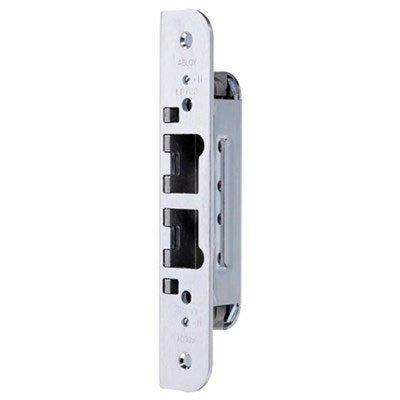
The striker plate has a linear and practically unmoving adjustment mechanism The adjustment mechanism can be used to optimise sealant in all conditions The striker plate has a 5 mm adjustment area The adjustments are made using a screwdriver on the forend of the plate The striker plate fits two bolts
Add to Compare